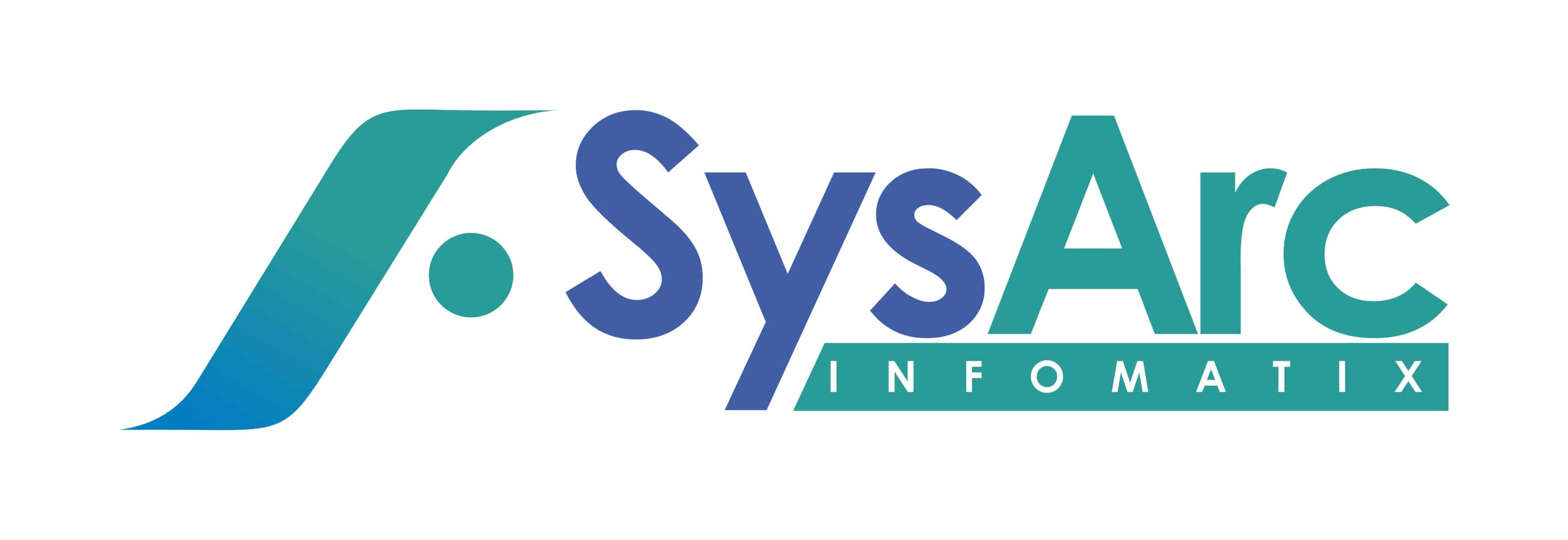The rise of Embedded Finance
Though embedded finance is gaining headspace today, it is not a new concept. The traction is due to the recent spike in interest shown by venture capitalists, private equity investors and fintech companies. The changing attitude among banking customers, even among the old, who are now willing to look at non-banking finance, added to the drastic effects of Covid-19 pandemic has made businesses rejig their business models. Regulation, especially in Europe has also begun to nudge banks towards taking the path of embedded finance. Simply put, embedded finance refers to the ecosystem enabled by non-financial companies by embedding associated financial products and services on to their platforms, adding tremendous value.
It is all about ‘platform thinking and platform economics’, as the creativity of third parties are now leveraged to create great value for the customers rather than attempting to build it all by themselves within walled-gardens. Rather than depending upon human capital or financial capital, embedded finance relies on marrying Intellectual capital (software) with relational capital (business connections) to drive growth. Embedded finance enables almost zero marginal costs for digital brands and merchants by riding the existing customer base at minimal costs. Embedded finance is the success formula that combines data, processes, and capital in ways to accomplish more with less.
Embedded finance has become possible, thanks to three technological breakthroughs: The Internet that connects, cloud computing that brings powerful on-tap, on-demand computing, and mobile networks for anytime, anywhere access. This triad has helped FinTech entrepreneurs create fresh businesses that thrive on ‘value exchange’.
Here is a use case. Today’s Internet user wants convenience and capability anytime, anywhere. A person reading a news article on a stock may want to buy its shares immediately. An online app shopper would love an instant loan while checking out their cart, rather than go through a complex banking process. You get the drift. The raison d’etre of embedded finance is to empower the customer by extending opportunities to borrow, lend, pay, and transact anytime, anywhere.
Also, large consumer-facing businesses have earned enormous trust among the public, who are now willing to open checking accounts with technology companies such as Apple or Google. Though these companies are not financial firms, the sheer convenience of distribution, data, and resources across multiple verticals, such as search (Google), ride-hailing (Grab), or a marketplace (Amazon) is drawing customers towards embedded financial services. The reverse is not true though, as sadly, trust in big banks are declining due to the numerous scandals and rising banking frauds.
So, is embedded finance the same as Banking-as-a-Service (BaaS)?
No! BaaS companies deliver traditional banking services and products (cards, cash accounts, payment gateways) on behalf of banking companies that either lack in-house capabilities to do the same, or choose to go the BaaS way to cut time and costs. Embedded finance on the other hand, is not outsourcing, but embedding a financial service into an existing ecosystem. For example, Uber embeds payments into the riding experience itself, which is a seamless, cardless, hassle-free process for both driver and customer.
Though the complexity increases upstream from the chain of payments, insurance, and investments, the opportunities for creativity using embedded finance are infinite. A teaching center could simply offer a tuition fee-free course to a student by means of an income-sharing arrangement, saving the student from dealing with a bank for an education loan.
On the other hand, BaaS platforms are now enabling sophisticated forms of embedded finance. They connect core banking systems through APIs (application programmable interfaces) to give brands and merchants easy tools to rapidly configure and deploy service elements into their existing user experiences. UK-based BaaS platform Railsbank is a four-year-old startup that now offers fintechs, financial institutions, digital banks, and non-financial brands and merchants, a single API to connect the complete ecosystem of banking, cards, payments, and compliance capabilities. Its founder Nigel Verdon says, “We set out to make it super simple to access financial services by giving access to global banking with five lines of code.”
The markets for embedded finance
Analyst Matt Harris of Bain Capital Ventures forecasts that the new market potential for embedded finance in the US for entrepreneurs, investors, fintechs, and incumbents could touch $3.6 trillion in ten years. To offer a perspective, this figure exceeds the total pre-Covid value of America’s top 30 financial institutions.1
That begs the question, ‘do banks face an extinction threat from embedded finance?’ Not necessarily! However, it is true that embedded finance has forced them to examine their legacy islands of broken business models. Therefore, banks, with the customer base and licenses, and fintechs with their product capabilities are better off by forging a partnership with each other. This marriage is what Open Banking, or platform banking tries to achieve.
In India, despite the Reserve Bank of India’s Open Banking push, the interest has been lukewarm. Many factors such as the public sector dominance in banking, trust deficits with technology could slow down its growth.

